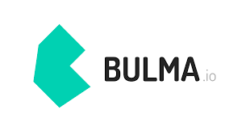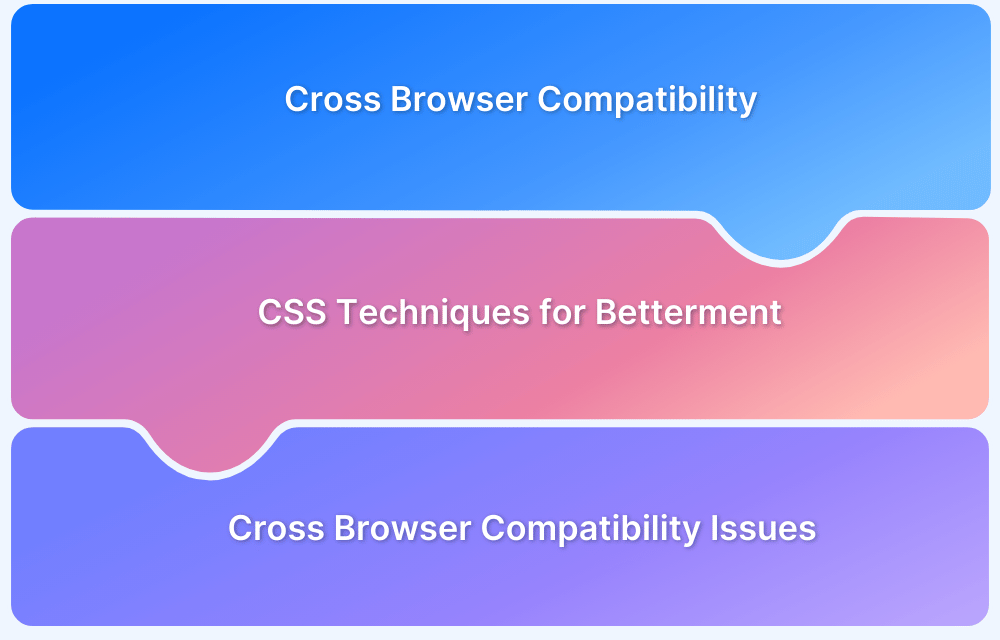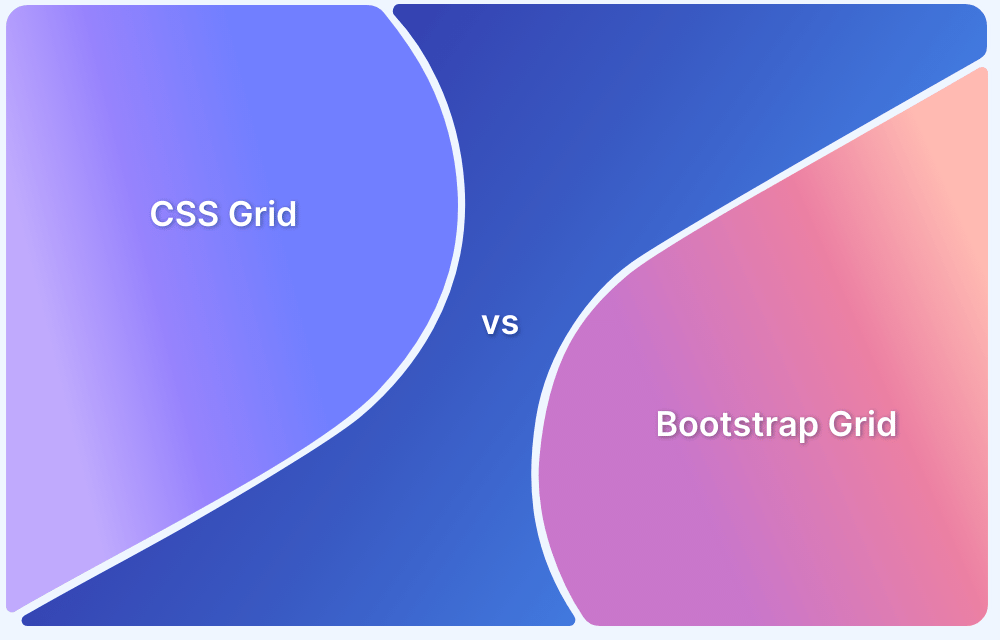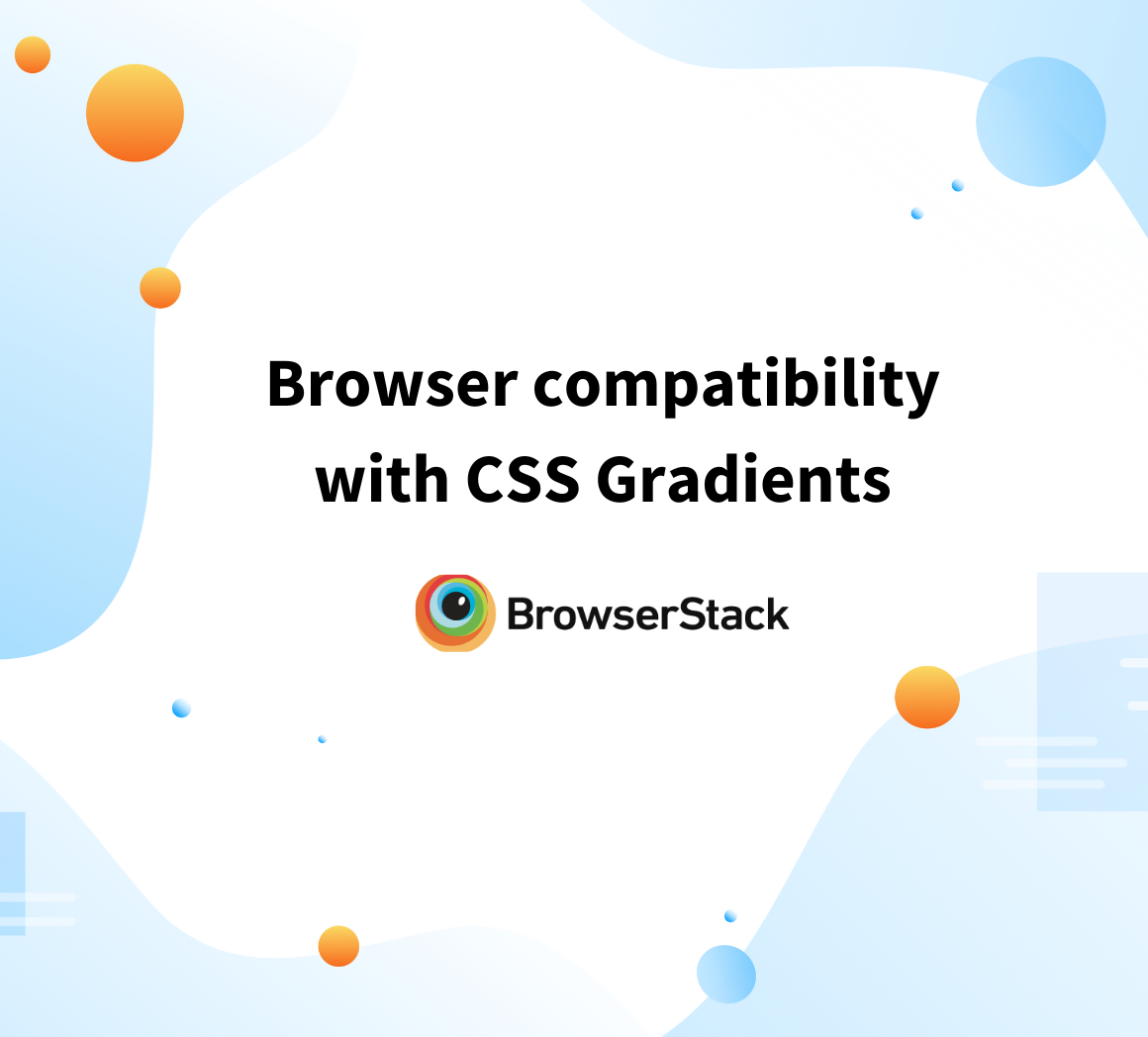Top Responsive CSS Frameworks
By Shivani Trivedi, Community Contributor - September 30, 2022
CSS is the language of precise presentation that aligns all website elements in a sublime order. Cascading style sheets or CSS can be defined as one of the empowering solutions for web development. However, the control of multiple web pages and their layout does not seem very convenient when multiple developers work on the same style sheet.
Even though CSS language provides the ground for unique layouts and responsive websites, managing a wide range of web pages with discrete elements becomes an ordeal when more people work on the same project. Rising complexity and lack of time result in the need for a competitive CSS framework with ready-to-use libraries that remarkably save the duration developers spend in custom coding.
These efficient CSS frameworks streamline the development process of responsive websites and integrate essential features resonating with the requirement of the project. In addition, cross-browser compatibility, device-friendly page styling, and symmetrical website layouts are some beneficial facets of these frameworks.
Here is a quick rundown of the best CSS frameworks for responsive web design along with their key features, advantages, and disadvantages for a thorough overview:
1. UIkit
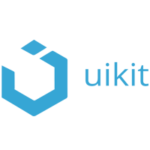 UIkit is a modular CSS framework that comes with a myriad of features to build lightweight websites. It can also be described as a collective array of CSS, JS, and HTML components to develop scalable and highly customized web interfaces in relatively less time.
UIkit is a modular CSS framework that comes with a myriad of features to build lightweight websites. It can also be described as a collective array of CSS, JS, and HTML components to develop scalable and highly customized web interfaces in relatively less time.
A combination of LESS and SASS enables well-structured and manageable coding. Known for its mobile-first approach, UIkit is one of the best CSS frameworks for responsive web design.
Advantages:
- Developers can explore an extensive range of ready-to-use themes and download them as CSS, SASS, or LESS file for making the required changes.
- The built-in animation feature is another prominent reason UIkit is amongst the top CSS frameworks for building responsive web pages that engage your audiences.
- Simple styling and modular architecture are the benefits that effectively reduce development time while allowing simplified customization.
Limitations:
- Sometimes, the code classes become harder to understand and customize, leading to a delayed development process.
- UIkit is not as popular as its alternatives because it does not provide free pre-built templates for developers.
2. Foundation

It is a free and open-source arrangement of CSS, HTML, and JS encompassing navigation buttons, snippets, forms, templates, and other imperative interface elements. It is powered by a do-it-yourself idea that lets developers create unique web interfaces easily.
Advantages:
- Foundation CSS framework offers a more comprehensive scope for tailor-made web designs.
- It has flexible grids with a ‘Collapse’ class for easily collapsing columns while designing definitive sections of the page.
- The verification library for HTML5 forms and the option to hide the site navigation are other major advantages of Foundation.
Limitations:
- Foundation is full of responsive web design features, but it does not have any distinct offering that can set it apart from Bootstrap and similar choices.
- Beginners may have to spend their time building a responsive website on this framework.
3. Skeleton
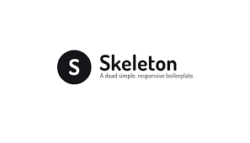
Advantages:
- Since it is simple and lightweight, website development beginners can try their hands at building responsive web platforms with minimal effort.
- Setting up the coding structure is easy and quick, which is a considerable benefit for a small-scale website.
- Websites built on the Skeleton framework are highly mobile responsive as it supports devices with smaller resolutions.
Limitations:
- Compared to other CSS frameworks, Skeleton certainly lacks a diversity of features and demo options.
- Limited templates and complicated prototyping are some reasons that result in delayed development.
4. Bootstrap
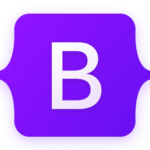
You can build projects of all scales with Bootstrap and its vast array of industry-oriented themes and plugins.
Advantages:
- Websites built on Bootstrap are highly mobile responsive. Web interfaces created on this framework can resize to all screens efficiently.
- Grid-based setup of this responsive CSS framework allows developers to customize various elements and their positions on the website, including navigation and forms.
- Bootstrap also has an array of ready-to-use website templates that you can utilize while quickly building a business-related platform with a specific theme.
Limitations:
- Coding knowledge is the base of your competence with Bootstrap. Even though it has a plethora of customization options, you might not be able to use it effectively with coding proficiency.
- Being a feature-rich CSS framework with plenty of built-in options, you might find it hard to come up with unique design ideas.
5. Bulma
Developers can choose from a broad range of free and open-source CSS frameworks in 2022, and Bulma is one of them. Grid setup and modular arrangement for customization are available in many other frameworks, but it is distinctively a pragmatic platform due to its integration in any JS environment.
Mobile responsiveness and well-documented elements are some features similar to that of Bootstrap, which is why developers often find it hard to choose between these two. The following comparison of the pros & cons of this CSS framework might help in the decision-making:
Advantages:
- Apart from high responsiveness, the modular framework structure is advantageous as it lets web developers customize the platform in multiple steps.
- Bulma is one of the robust CSS platforms for fast configuring vital components such as typography, tables, forms, media objects, etc.
- It is based on Flexbox, which is used by professional developers to create fancy web designs.
Limitations:
- The CSS of the Bulma framework may not perform quite well on the IE web browser.
- Bulma hasn’t been entirely developed, which is why web developers don’t use it very often.
6. Semantic UI
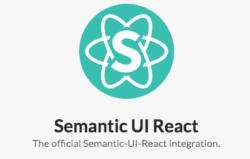
It is widely based on comprehensive language principles, which is why it is counted among GitHub’s most notable JavaScript projects. Let’s assess the usefulness of this responsive CSS framework with 3000+ themes and 50+ components with its pros and cons.
Advantages:
- Since the framework is built with defined components, developers can only load the elements needed for their project.
- In terms of customization areas, Semantic UI eclipses the popularity of Bootstrap and other popular CSS frameworks for responsive design.
- It is a well-documented framework that provides complete support for third-party integrations, including WordPress and Angular.
Limitations:
- Developers still choose Bootstrap over Semantic UI because this framework is too large to consider for an entire project.
- A developer must be competent in JavaScript to use this framework proficiently for component-based development.
7. Materialize

Studded with CSS, JS, and HTML, Materialize consolidates the perfect environment for responsiveness and browser portability.
Advantages:
- The framework has several built-in components that can drastically decrease the overall development time and help developers with multiple projects simultaneously.
- It comes with free plugins for drop-down, parallaxes, dialogs, etc., that collectively elevate the quality of UI/UX.
- In addition to hassle-free development experience, uniqueness in web designs is another merit that drives developers’ attention to this framework.
Limitations:
- Materialize has so much to offer for responsive web design, but it lacks the factor to stand out amid other available options.
- Apart from a smaller developer community, the framework also comes with certain limitations regarding UI elements.
Conclusion
Responsive web development using these CSS frameworks works in the long run when you methodically assess the project requirements and pick a suitable framework with the key features. You must also reckon the pros and cons of these frameworks to ensure a decisive selection for hassle-free development.
Though, developing a responsive website doesn’t end with manageable layouts and interactive designs of the CSS platform. You must also test their functional efficacy on real devices and web browsers to ensure the project’s utmost quality. Developers are advised not to rely on device emulators while testing online platforms’ visual or operational proficiency, as simulated testing doesn’t involve the authenticity of real user conditions.
It is crucial to test websites on numerous browsers, devices, and operating systems to properly evaluate the scope of the user-first experience. To streamline the testing of a website built on CSS frameworks, you can look up to BrowserStack and its automation testing solutions for optimal delivery of a development project. It lets developers test their websites and apps on 3000+ real devices and browsers.
